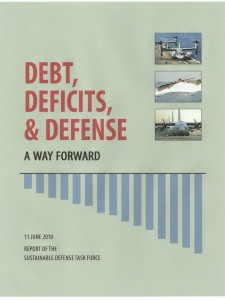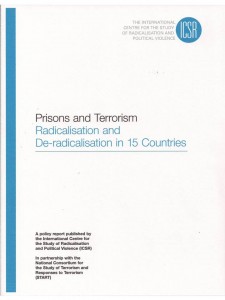The Final Word from a Three-Agency SIS
28 July 2010
In my opinion the Washington Post series that exposed the exponential increase in the size and cost of the U.S. Intelligence Community (IC) was not taken seriously by official Washington and is considered a minor nuisance. That is why the only response to the series, as crafted by the Office of the Director of National Intelligence (ODNI), was largely vintage intelligence agency boilerplate with a few bizarre additions such as the claim that the collection and analysis of intelligence are not essential government functions of intelligence agencies and so can be left to contractor personal. The series did not merit a serious response in the thinking of the Executive Branch and Intelligence Community.
In fact the series, although much touted, was a huge disappointment to readers expecting a more deeply researched and in-depth look at the IC. Clearly the craft of investigative journalism has fallen on hard times.
Also it is the case that in this country quantity always trumps quality. The growth in the size of the Intelligence Community is taken by official Washington as a priori evidence of the value it has provided since 9/11. The facts that the current IC is ruinously expensive to operate, is producing largely worthless intelligence, and has frequently failed even in the most basic warning functions are irrelevant. A bloated IC serves as ‘proof’ that political Washington is serious about protecting American citizens from terrorist threats. As with quantity, in the political arena form always trumps substance.






